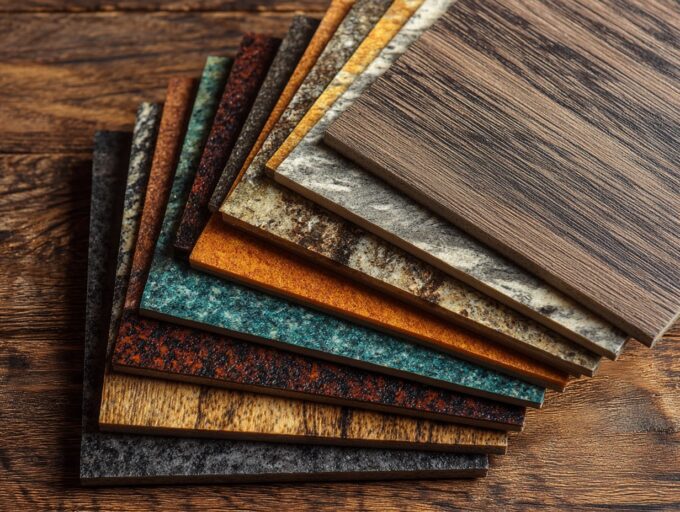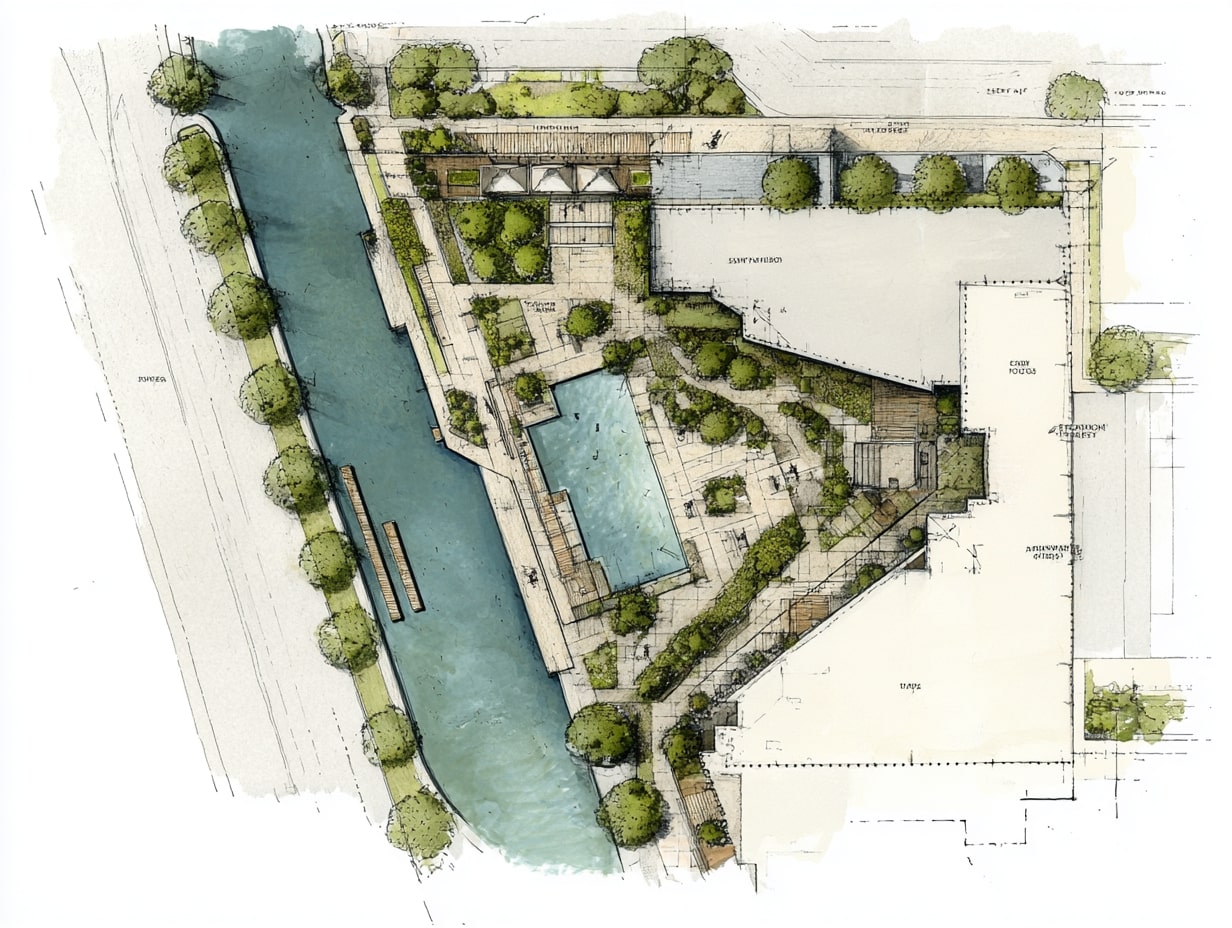- Home
- Articles
- Architectural Portfolio
- Architectral Presentation
- Inspirational Stories
- Architecture News
- Visualization
- BIM Industry
- Facade Design
- Parametric Design
- Career
- Landscape Architecture
- Construction
- Artificial Intelligence
- Sketching
- Design Softwares
- Diagrams
- Writing
- Architectural Tips
- Sustainability
- Courses
- Concept
- Technology
- History & Heritage
- Future of Architecture
- Guides & How-To
- Art & Culture
- Projects
- Interior Design
- Competitions
- Jobs
- Store
- Tools
- More
- Home
- Articles
- Architectural Portfolio
- Architectral Presentation
- Inspirational Stories
- Architecture News
- Visualization
- BIM Industry
- Facade Design
- Parametric Design
- Career
- Landscape Architecture
- Construction
- Artificial Intelligence
- Sketching
- Design Softwares
- Diagrams
- Writing
- Architectural Tips
- Sustainability
- Courses
- Concept
- Technology
- History & Heritage
- Future of Architecture
- Guides & How-To
- Art & Culture
- Projects
- Interior Design
- Competitions
- Jobs
- Store
- Tools
- More

As housing costs continue to rise, affordable housing remains one of the most pressing challenges of our time. In 2025, architects and developers are embracing innovative design trends that make homes more accessible and cost-effective while tackling environmental and urban issues.
Let’s explore the key trends that are reshaping affordable housing this year and beyond.
Table of Contents
Toggle1. Flexibility: Making Small Spaces Work Harder
Affordable housing units are getting smarter, not just smaller. Flexibility is at the forefront of design trends, with multi-functional spaces and adaptable layouts leading the charge. For example:
- Foldable or retractable furniture transforms living rooms into bedrooms.
- Movable partitions create the option for privacy or openness, depending on the need.
- Open-concept kitchens and living areas maximize limited square footage.
According to Builder Magazine, these strategies not only enhance usability but also keep construction costs down, making them a win-win for developers and residents alike.
2. Sustainability: Green is the New Standard
Sustainability isn’t just a trend; it’s a necessity. Affordable housing in 2025 incorporates eco-friendly solutions that reduce long-term costs for residents while benefiting the planet. Innovations include:

- Energy-efficient appliances to cut utility bills.
- Water-saving fixtures, like low-flow toilets and showerheads.
- Sustainable materials, such as reclaimed wood and recycled steel, which lower the carbon footprint of construction.
The U.S. Department of Housing and Urban Development (HUD) emphasizes the importance of sustainable practices in affordable housing design. Their research highlights how green building incentives and energy-efficient solutions make housing more affordable over time.
3. Outdoor Living: Affordable Doesn’t Mean Boring
Who doesn’t want a connection to nature? Outdoor spaces are gaining traction in affordable housing developments, enhancing the living experience without inflating costs. Popular approaches include:
- Shared green spaces that foster community.
- Balconies or terraces in smaller units to improve perceived value.
- Rooftop gardens that double as recreational areas and cooling solutions.
Builder Magazine notes that outdoor spaces increase the appeal of affordable housing projects without requiring significant construction budgets. These additions are a game-changer in making housing feel like a home.
4. Modular and Prefabricated Construction: Fast and Efficient
One of the most exciting advancements in affordable housing is the rise of modular and prefabricated construction methods. These approaches streamline building processes, cutting down on time and costs while maintaining quality. Benefits include:
- Shorter construction timelines allow projects to be completed in months instead of years.
- Cost predictability, as modules are built off-site in controlled environments.
- Customizable designs, ensuring units meet specific community needs.
The National Low Income Housing Coalition (NLIHC) suggests modular construction as a key strategy for tackling housing shortages. Their “Out of Reach” report emphasizes how this approach makes housing more attainable for low-income families.
5. Smart Technology: High-Tech Meets Low-Cost
Technology isn’t just for luxury homes. Affordable housing in 2025 will incorporate smart features that enhance convenience and energy efficiency without breaking the bank. Examples include:
- Smart thermostats that learn a resident’s preferences and reduce energy waste.
- Smart locks for improved security and ease of access.
- Integrated building management systems to monitor utilities and ensure efficiency.
Architects from the American Institute of Architects (AIA) are driving this trend. Their case studies show how innovative technology can be integrated seamlessly into affordable housing to improve quality of life.

6. Policy and Incentives: A Foundation for Progress
Design trends don’t happen in isolation; they’re supported by policies that encourage innovation. In 2025, government incentives will help affordable housing projects thrive. Examples include:
- Density bonuses for developers who incorporate affordable units.
- Tax credits for green building initiatives.
- Accessibility standards to ensure homes are suitable for everyone, including seniors and individuals with disabilities.
Organizations like HUD and the NLIHC play a vital role in shaping these policies, offering data-driven insights and advocacy for more innovative housing solutions.
Why These Trends Matter
Affordable housing is more than just a roof over someone’s head—it’s a cornerstone of healthy communities. By embracing trends like flexible layouts, sustainable materials, and innovative technology, we’re not only addressing affordability but also creating homes that are functional, eco-friendly, and designed for the future.
Conclusion
Affordable housing in 2025 is redefining what’s possible. From modular construction to outdoor living spaces, the focus is on creating homes that are not only cost-effective but also environmentally conscious and community-driven. With support from organizations like HUD and AIA, as well as innovative design solutions highlighted by Builder Magazine, the future of affordable housing looks brighter than ever.
And if you’re interested in exploring affordable housing further, check out this guide on affordable housing.
Let’s build a better, more accessible future together.
illustrarch is your daily dose of architecture. Leading community designed for all lovers of illustration and #drawing.
1 Comment
Submit your architectural projects
Follow these steps for submission your project. Submission FormLatest Posts
Understanding Site Safety Footwear in Architectural Practice
Architecture is often discussed through drawings, models, and finished buildings, yet a...
General Arrangement Drawings in Architecture: The Backbone of Clear Design Communication
General Arrangement Drawings explained: what they are, when to use them, how...
The Ultimate Guide to Fencing in North Dakota: Choosing the Best Fence for Your Property
Watching a chain link fence twist in 70 mph winds near Minot...
Gaudí: Where Architecture Meets Science
Gaudí: Where Architecture Meets Science shows catenary arches, ruled surfaces, and biomimicry...












This article provides insightful and forward-thinking trends for affordable housing, highlighting innovation, sustainability, and practicality in design for 2025.